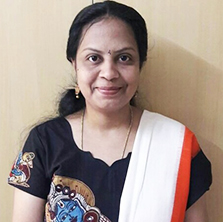About Sify Bawarchi
Presenting to you the most popular Indian food website that has a huge collection of Vegetarian and Non-vegetarian recipes from India and around the world. We provide you with easy and delicious recipes with simple, step-by-step instructions for a hassle-free cooking experience. Happy Cooking with Bawarchi!

